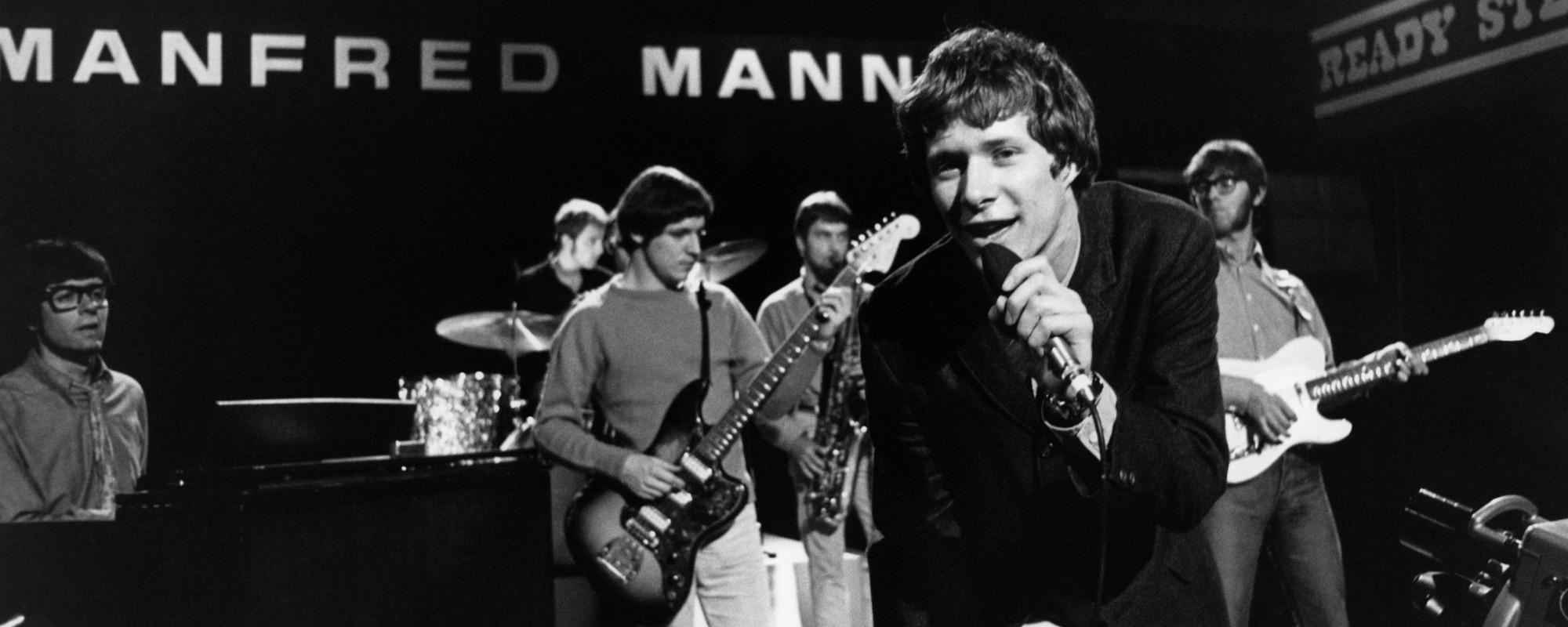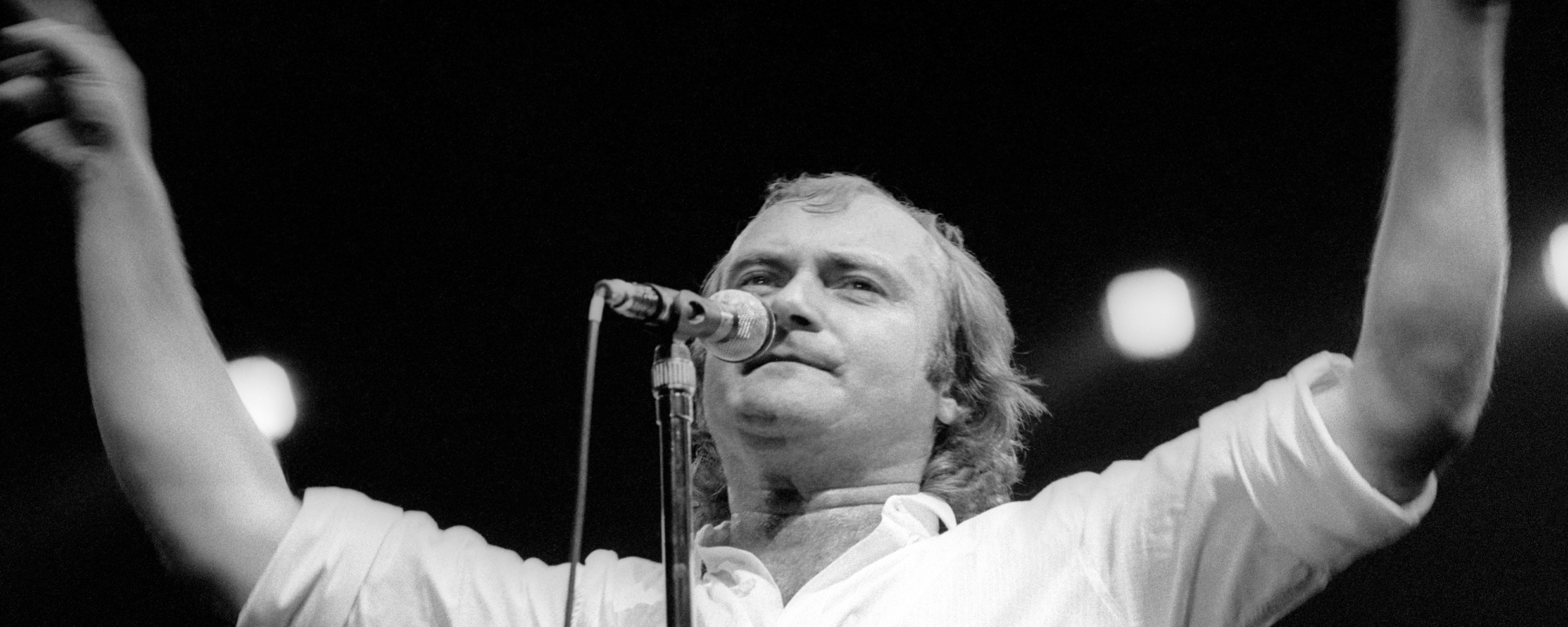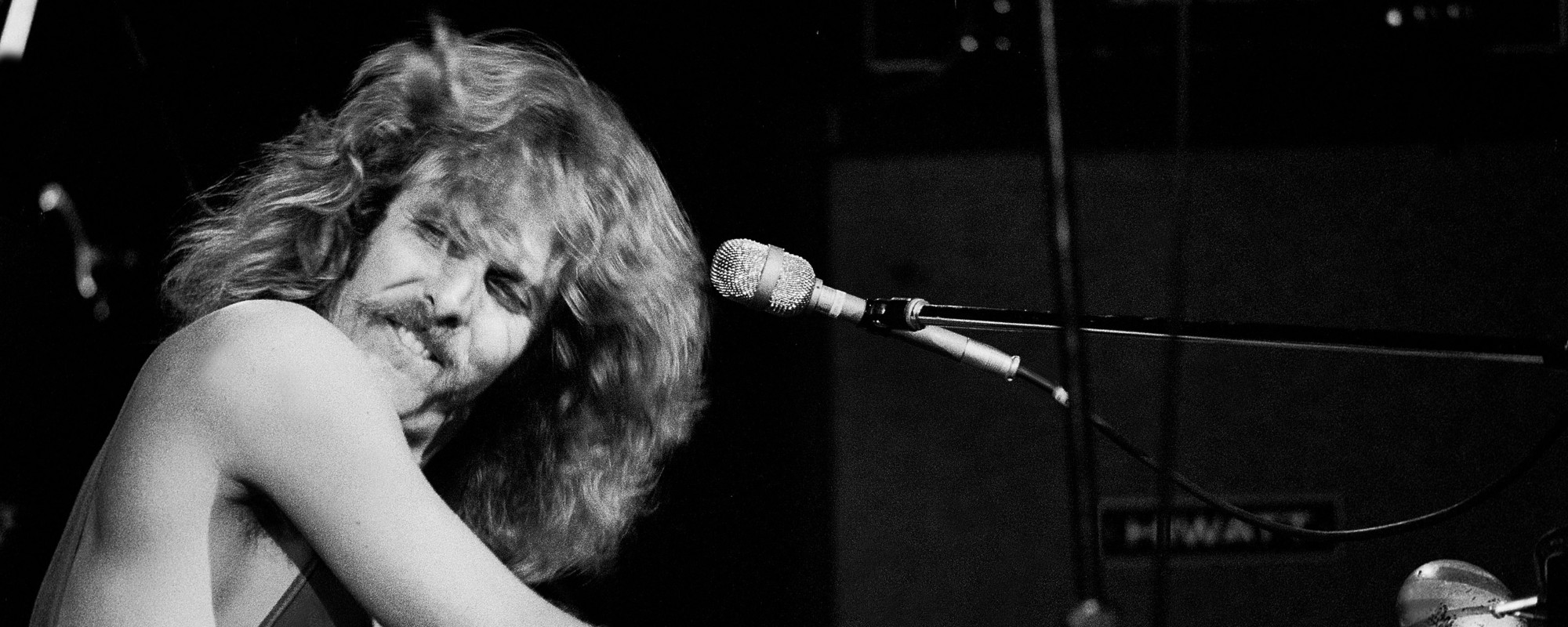Let’s start by listening to the accolades of people who know a thing or two about songwriting themselves. Kasey Chambers: “It’s totally heartbreaking but you don’t want to stop listening to it. Oh God, it just makes you want to crawl into a hole. It has that combination of making you feel good and bad at the same time, which is what all great country music does.” Vince Gill: “Read the words of that song. That’s as beautiful as you’ll ever want to hear the English language put out.” Bob Dylan: “Even at a young age, I identified with him. I didn’t have to experience anything that Hank did to know what he was singing about. I’d never heard a robin weep, but could imagine it and it made me sad.”
Videos by American Songwriter
The artist to whom they’re referring, of course, is Hank Williams, and the song is “I’m So Lonesome I Could Cry.” Recorded in 1949 and reflecting Hank’s tormented feelings toward Audrey Sheppard, his first wife, the song stands as the impossible standard that every country tear-jerker in its wake would like to meet. Only it doesn’t achieve its desired effect through someone reciting a long litany of personal problems. Instead Williams imbibes the world around him on a random evening and finds every sight and sound to be a reflection of his own misery.
Williams originally wanted to present the song with spoken-word lyrics but was urged to add a melody. That was a wise choice, because, for one, it allows for instrumental embellishments like the sighing steel guitar and forlorn fiddle. As a singer, Williams doesn’t over-emote, instead simply stretching the syllables out for as long as possible so that the natural catch in his voice suggests his solitude.
The subtle genius of the lyrics is how the different phenomena that Williams describes only become lonely through his perception of them. Where others might be charmed by birdsong, intrigued by a midnight train, and enchanted by a falling star, the narrator here only senses sorrow, anguish and desolation.
He personifies the moon and imagines him hiding behind the cloud to weep. The actual length of a specific night is determined by the time of the year it inhabits, yet Williams’ assertion that “I’ve never seen a night so long/ When time goes crawling by” is clearly related to his woeful state of mind and would have been accurate to him even on the summer solstice.
All of these interpretations pile up and are punctuated by the title refrain that ties them all together. Williams lets his plainspoken poetics do all the work while holding back the real cause for his misery. That makes his revelation of that cause even more impactful when it finally comes in the songs’ closing lines: “And as I wonder where you are/ I’m so lonesome I could cry.”
The song long ago transcended its country roots. You can draw a through line from “I’m So Lonesome I Could Cry” to the output of soul-bearers as far-flung as Brian Wilson, Townes Van Zandt and Elliott Smith. And some of the most iconic artists, like Dylan, Elvis Presley and Johnny Cash, have covered it. What they all realized was something that Hank Williams knew well ahead of his time: When sorrow seems as big as the world, it can only be accurately expressed in those terms.
Photo by Atharva Tulsi on Unsplash














Leave a Reply
Only members can comment. Become a member. Already a member? Log in.